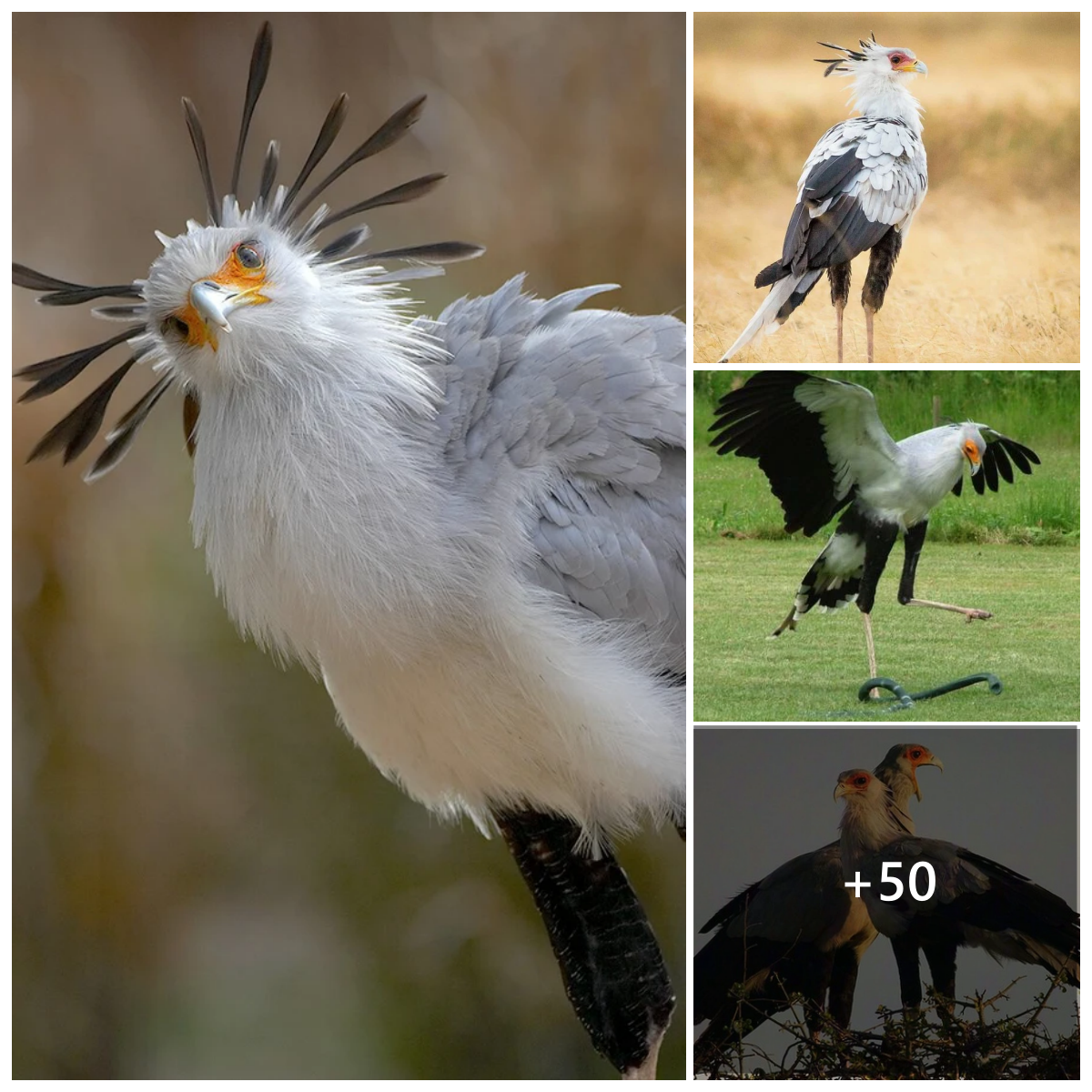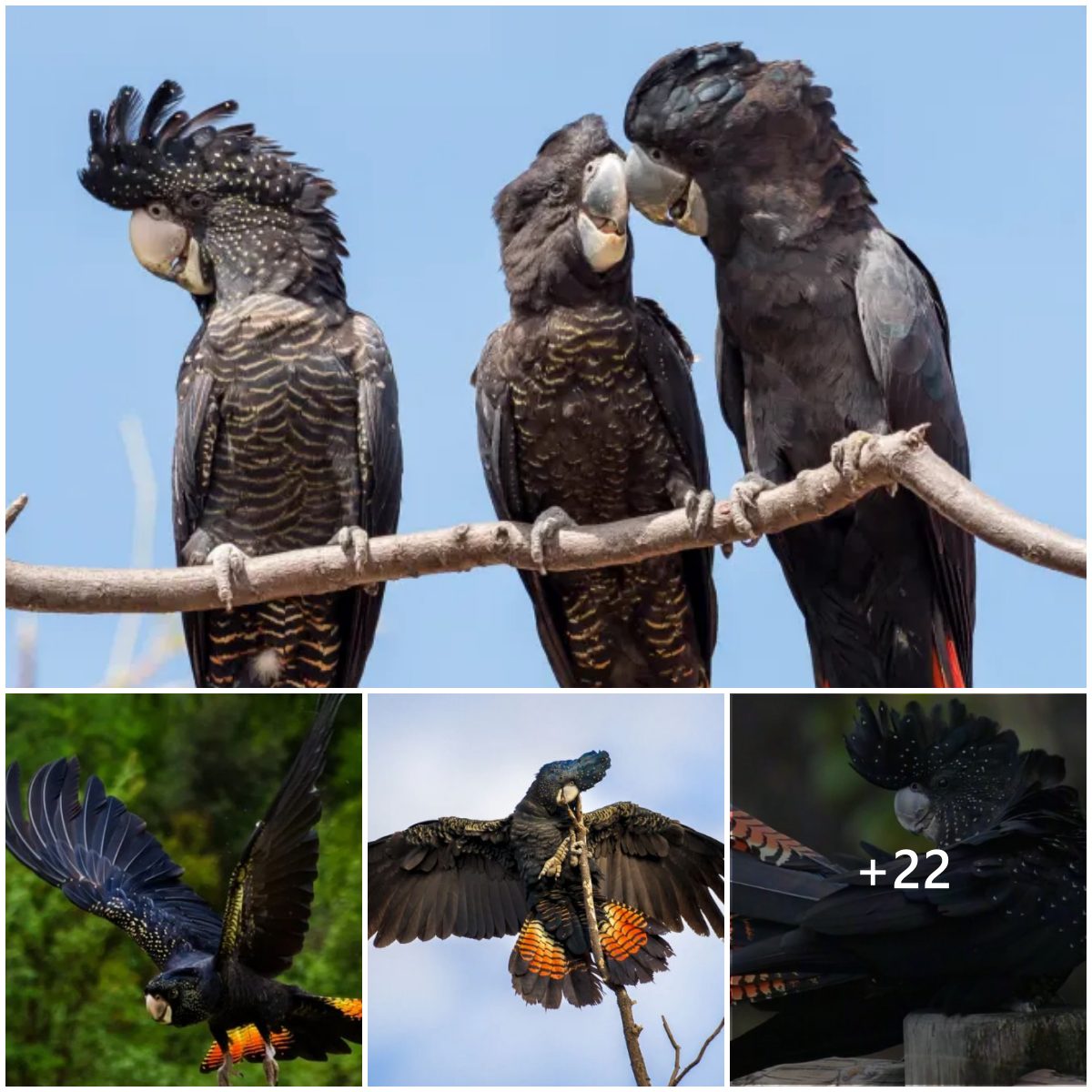The largest of all cormorants, this bird is also known as the Great Cormorant and is found worldwide apart from South America and Antarctica.
What does a Cormorant look like?
Adult cormorants are a large sea bird with a long broad tail, black underside and dark black brown broad wings, with a green blue sheen. It has a low forehead and a long powerful thick yellow and black bill with a hook at its tip. The lower part of the face and chin are white morphing into a yellow and orange hue close to the bill. It has short black legs and its four toes are webbed across each foot. During the breeding season white patches appear on the thighs of both males and females. Juvenile cormorants have a white under belly with a dark brown back and wings.

What does a Cormorant eat?
Cormorants feed almost entirely on fish. They will typically, individually consume up to half a kilo of fish a day. In fresh water their diets may be more varied. Cormorants ‘duck dive’ from the water’s surface and in addition to their webbed feet, use their short wings to propel themselves downwards to an average depth of 10 metres and catch fish using the sharp hook at the end of their beak.

Where can I see Cormorants?
Cormorants generally inhabit coastal areas, rocky shores, estuaries and wetlands but are increasingly seen around freshwater lakes, reservoirs and occasionally rivers throughout the UK. They are, however, less likely to be found inland in central and northern Scotland. Coastal habitats, in particular, attract cormorants often seen gathering in flocks and nesting in large colonies. They are a social bird and spend a lot of time on the water with their long slim body almost submerged and their necks straight with their heads slightly uptilted.

Signs and Spotting tips
Sometimes easily mistaken for a common shag, cormorants are larger and with a gently sloping forehead they differ from the shag who can be identified with its steep forehead and feathered crest. Whilst cormorants are gregarious and will move inland and occupy freshwater lakes, it is unlikely that you will see shags, who are solitary birds, away from the coast. Like the shag though, the cormorant can often be seen perching or standing with its wings half open drying them following a period of diving and feeding.

How do Cormorants breed?
Cliff ledges, small caves and even trees can be the base upon which they construct their often bulky, large nests. Generally constructed with seaweed, twigs, guano and reeds the female lays one clutch of 3 – 4 pale blue eggs between April to May which both adults take turns to incubate. The breeding season for cormorants inhabiting inland areas tends to be extended to those on the coast.

How long do Cormorants live for?
The typical lifespan for a greater cormorant is eleven years although ages of greater than twenty years have been recorded on ringed birds.

What is a group of Cormorants called?
The collective nouns to describe a group of cormorants are:






